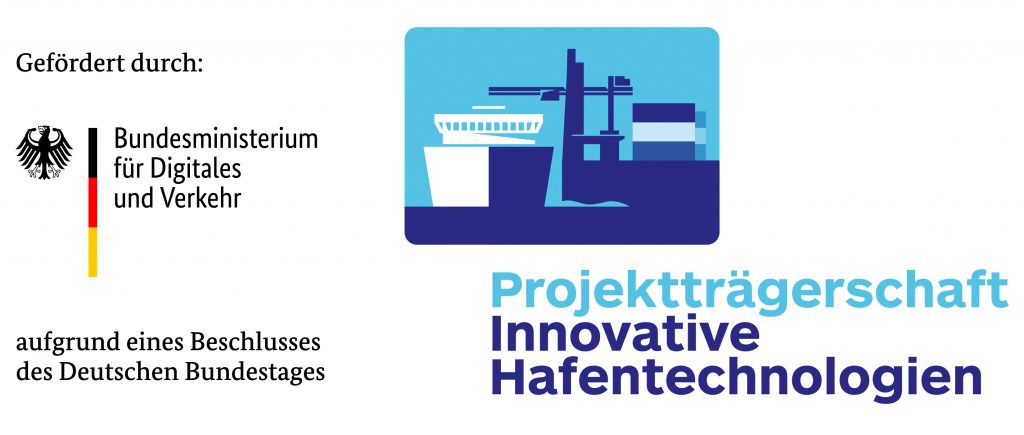
MicroPorts




Potential analysis of a multimodal transshipment system for the direct or indirect transshipment of goods between an inland waterway and at least one other freight transport system.
Freight transport in Germany today is largely carried out by road and rail. However, the further increase in transport volumes is pushing the systems to their load limits, as evidenced by increased congestion and more frequent delivery delays, among other things. Another challenge is the high environmental impact of road and rail transport. A lower-emission alternative and supplement to land-based transport is water-based freight transport by inland waterway vessel. The increased use of this mode of transport requires the provision of additional decentralized transshipment points (so-called MicroPorts) for the intelligent and efficient linking of land- and water-based freight transport.
The aim of the project is the technical conception and design of a network of MicroPorts for linking land- and waterborne freight transport. The basic idea is to use existing infrastructure, especially bridges, for the installation of MicroPorts. Based on this, a simulation-based evaluation will be carried out to assess the new transhipment concept in terms of its economic efficiency and sustainability. The expected project results thus provide the basis for the sound planning and implementation of decentralized transshipment points for combined land- and water-based freight transport in the future.
Goals
Strengthen
Increasing the attractiveness of inland waterway transport
Extension
Increase capacity in freight transport
Reduction
Less CO2 emissions in freight transport
Acceleration
Shorter transport time
Challenges
- Infrastructure for the inflow and outflow of goods transport: In order to make inland waterway transport attractive for customers, an area-wide infrastructure for goods handling must be created. Customers must be able to transship their containers without long transport routes in a short time via locally favorably located goods transshipment points.
- Design of the cargo handling points: MicroPorts must provide all the necessary services (e.g. container handling) for the handling of goods in inland waterway transport. At the same time, MicroPorts cannot provide the full range of services of large ports due to their small size.
- Technical implementation: To enable the concept to be implemented, MicroPorts must be installed as cost-effectively as possible. Therefore, it should be examined to what extent existing infrastructure, like bridges, can be used for the installation of MicroPorts. In addition, MicroPorts should be located on existing traffic routes so that no extensive investments are required for the connection to the road and rail network.
Methods

Technical concept
The technical concept is based on the use of existing infrastructure, i. e. bridges, for the installation of MicroPorts. The use of existing bridges can ensure that MicroPorts have direct access to the road network for goods handling.
Potential analysis
Through the use of simulation tools, the efficiency and sustainability of the new transshipment concept is evaluated. The assessment compares existing transshipment concepts with scenarios that include transshipment of goods via MicroPorts.
Operating models
For the development of operating models, the requirements of the various stakeholders are identified in order to derive the required scope of services of MicroPorts.

This project is funded through the Federal Ministery for Digital and Transport (BMDV) within the framework of the funding program for innovative port technologies (IHATEC II).
